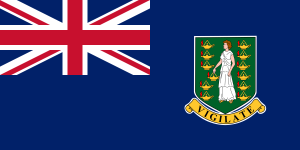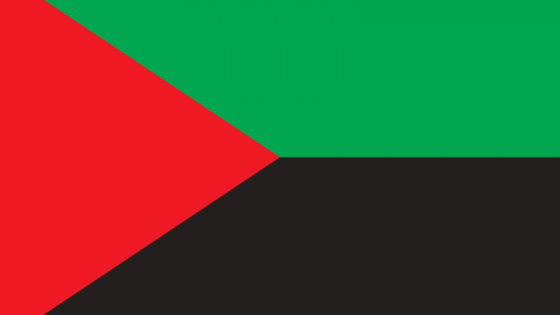
Martinique, known as the “Isle of Flowers & Fiery Rum,” is a land of contrasts where lush rainforests meet cosmopolitan cities, and French sophistication fuses with Afro-Caribbean roots. The island invites travelers to enjoy the beauty of nature, the power of history, and the vibrancy of Creole culture.
Located in the Lesser Antilles, Martinique is mountainous and volcanic, dominated by Mount Pelée in the north and rolling hills in the south. Black-sand beaches from volcanic ash contrast with pristine white-sand shores. Lush botanical gardens, waterfalls, and protected marine areas complete the picture.
Martinique’s economy is based on tourism, services, agriculture, and government support. The island produces renowned rhum agricole, bananas, and fashion textiles. As an EU territory, it receives development funds for infrastructure and green innovation.
Creole and French influences shape everything from language to lifestyle. Literature, dance, zouk music, and colorful festivals express deep Afro-Caribbean pride. Aimé Césaire, a Martinican poet and politician, helped found the Négritude literary movement.
Martinique is a tropical tapestry woven with resilience, beauty, and intellect. From jungle treks to seaside cafés, it offers the best of two worlds—Caribbean soul and French finesse.

